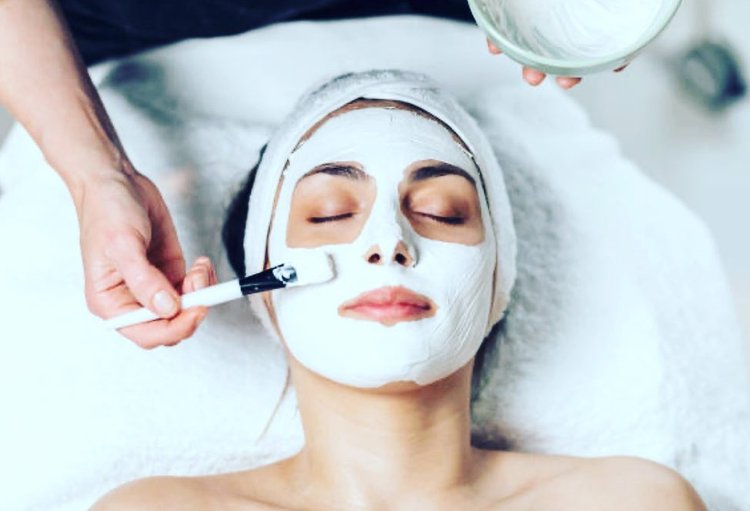As aesthetics professionals, we understand the importance of providing personalized skincare treatments that cater to each individual’s unique skin type and needs. But have you ever wondered what lies beneath the surface of the skin? In this article, we’ll delve into the fascinating biology of skin, exploring the different skin types, common skin conditions, and how we can address them as skincare experts.
The Anatomy of Skin
The skin is the largest organ in the human body, covering approximately 22 square feet and weighing around 6 pounds. It’s composed of three primary layers: the epidermis, dermis, and hypodermis.- Epidermis: The outermost layer, responsible for protecting the body from external factors like UV radiation, pollution, and water loss. The epidermis contains melanocytes, which produce melanin, giving skin its natural pigmentation.
- Dermis: The middle layer, comprising blood vessels, nerve endings, and hair follicles. The dermis is rich in collagen and elastin, providing skin with strength, elasticity, and firmness.
- Hypodermis: The innermost layer, consisting of fatty tissue, connective tissue, and sweat glands. The hypodermis helps regulate body temperature and provides insulation.
Skin Types: Understanding the Basics
One of the most critical aspects of skincare is understanding the different skin types. While there are many variations, we’ll focus on the five primary skin types:- Normal Skin: Balanced skin with a smooth texture, moderate oil production, and a healthy, radiant appearance.
- Dry Skin: Characterized by low sebum production, dryness, and potential flakiness.
- Oily Skin: Excessive sebum production, resulting in a shiny, greasy appearance and potential blackheads.
- Combination Skin: A mix of oily and dry skin, with oily areas (T-zone) and dry areas (cheeks and neck).
- Sensitive Skin: Easily irritated skin, often reacting to products or environmental factors.
Common Skin Conditions
As aesthetics professionals, it’s essential to be aware of common skin conditions that can affect our clients. Some of the most prevalent conditions include:- Acne: Inflammation of the pores, caused by bacterial buildup, hormonal imbalances, or genetics.
- Rosacea: A chronic condition characterized by redness, flushing, and acne-like symptoms.
- Hyper-Pigmentation: Excessive melanin production, resulting in dark spots, freckles, or melasma.
- Eczema: A chronic inflammatory condition causing dryness, itching, and skin irritation.
- Aging Skin: Characterized by fine lines, wrinkles, and age spots, resulting from sun exposure, genetics, and lifestyle factors.
Addressing Skin Conditions as Aesthetics Professionals
As skincare experts, it’s our responsibility to provide personalized treatments and advice to address our clients’ unique skin concerns. Here are some strategies for addressing common skin conditions:- Customized Skincare Routines: Develop tailored skincare regimens based on individual skin types and needs.
- Product Selection: Choose products that cater to specific skin concerns, such as acne-fighting salicylic acid or hydrating hyaluronic acid.
- Facial Treatments: Offer targeted facial treatments, like microdermabrasion for hyper-pigmentation or chemical peels for acne.
- Lifestyle Advice: Educate clients on the importance of sun protection, hydration, and a balanced diet for overall skin health.
- Continuous Education: Stay up-to-date with the latest skincare advancements, ingredient developments, and treatment techniques to provide the best possible care for our clients.

